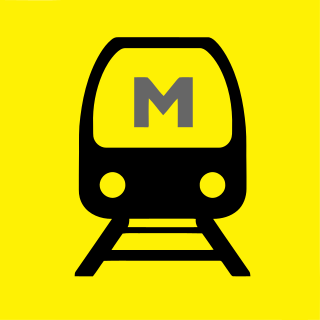Top Qs
Timeline
Chat
Perspective
Rapid transit in South Korea
From Wikipedia, the free encyclopedia
Remove ads
Rapid transit systems operate in six major South Korean cities, except for Sejong.

The cities of South Korea with rapid transit system.
- Seoul Capital Area - 22 lines
- Busan - 6 lines
- Daegu - 3 lines
- Daejeon - 1 line
- Gwangju - 1 line
Currently operational
Seoul capital area
- Metropolitan Rail
- Korail operates the following commuter lines: Bundang Line, Gyeongchun Line, Gyeongui–Jungang Line, Suin Line, Gyeonggang Line, and parts of metro lines Line 1, Line 3, Line 4.
- Korail Airport Railroad operates AREX
- NeoTrans operates Shinbundang Line
- E-Rail operates Seohae Line
- Urban Rail
- Seoul Metro operates Line 2, Line 5, Line 6, Line 7, Line 8, and parts of lines Line 1, Line 3, Line 4, and Line 9 Second Extension.
- Seoul Metro Line9 (a joint venture between Veolia Transport and Hyundai Rotem) operates Line 9 First Extension
- Incheon Transit operates the whole Incheon subway system (I1 & I2), as well as sections of Seoul Subway Line 7.
- Light Metro Rail
Busan–Ulsan–Gyeongnam area
- Metropolitan Rail
- Urban Rail
- Busan Transportation operates lines 1, 2, 3, and 4
- Light Metro Rail
- B&G Metro operates the Busan–Gimhae light rail
Daegu–Gyeongbuk area
- Daegu Metropolitan Transit operates the whole subway system.
Daejeon
- Daejeon Metropolitan Express Transit operates the whole subway system.
Gwangju
- Gwangju Metropolitan Rapid Transit operates the whole subway system.
Remove ads
See also
External links
- Subway transferring information for South Korea (in Japanese)
Wikiwand - on
Seamless Wikipedia browsing. On steroids.
Remove ads

